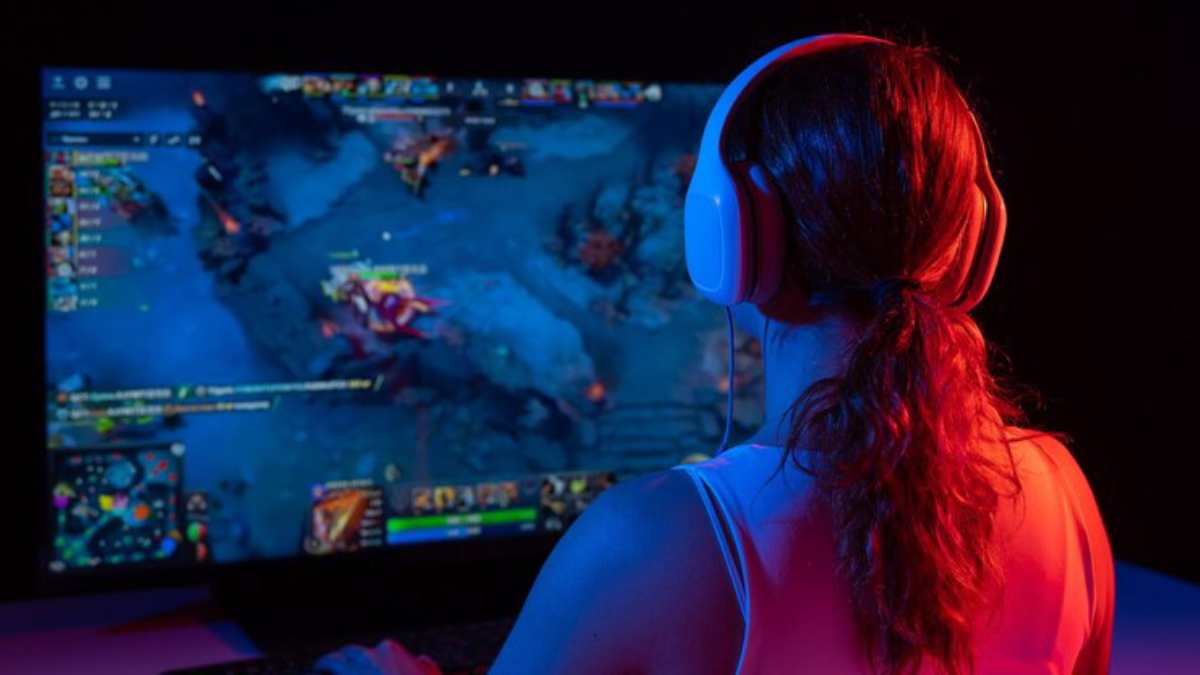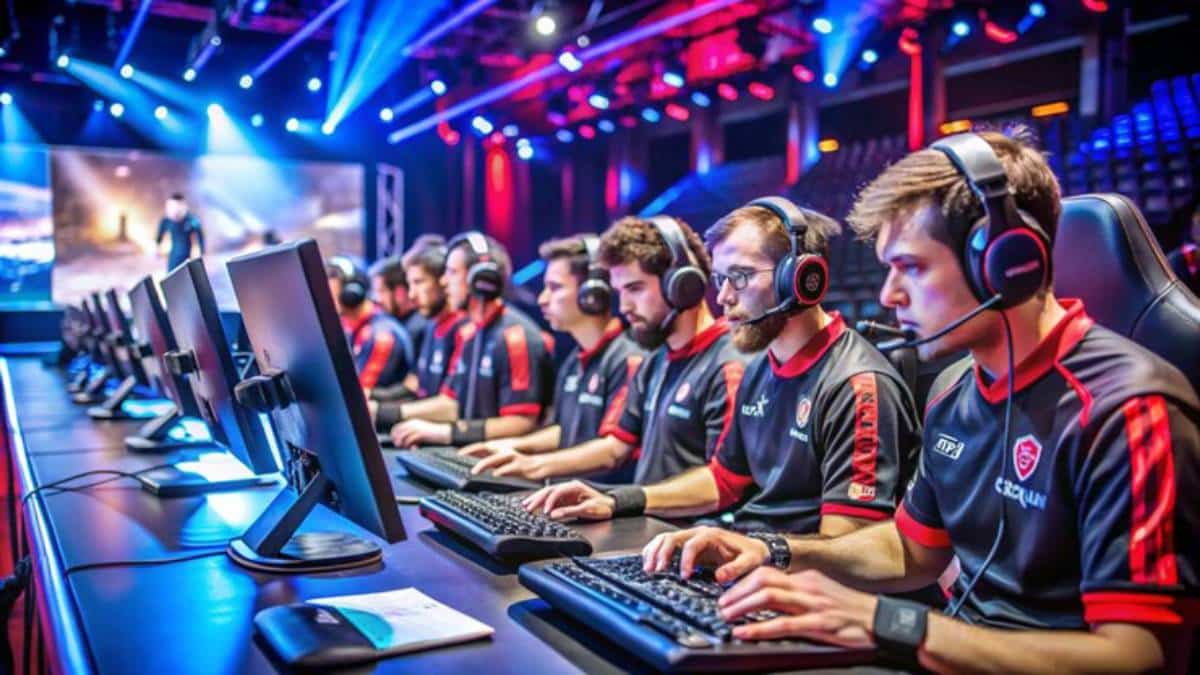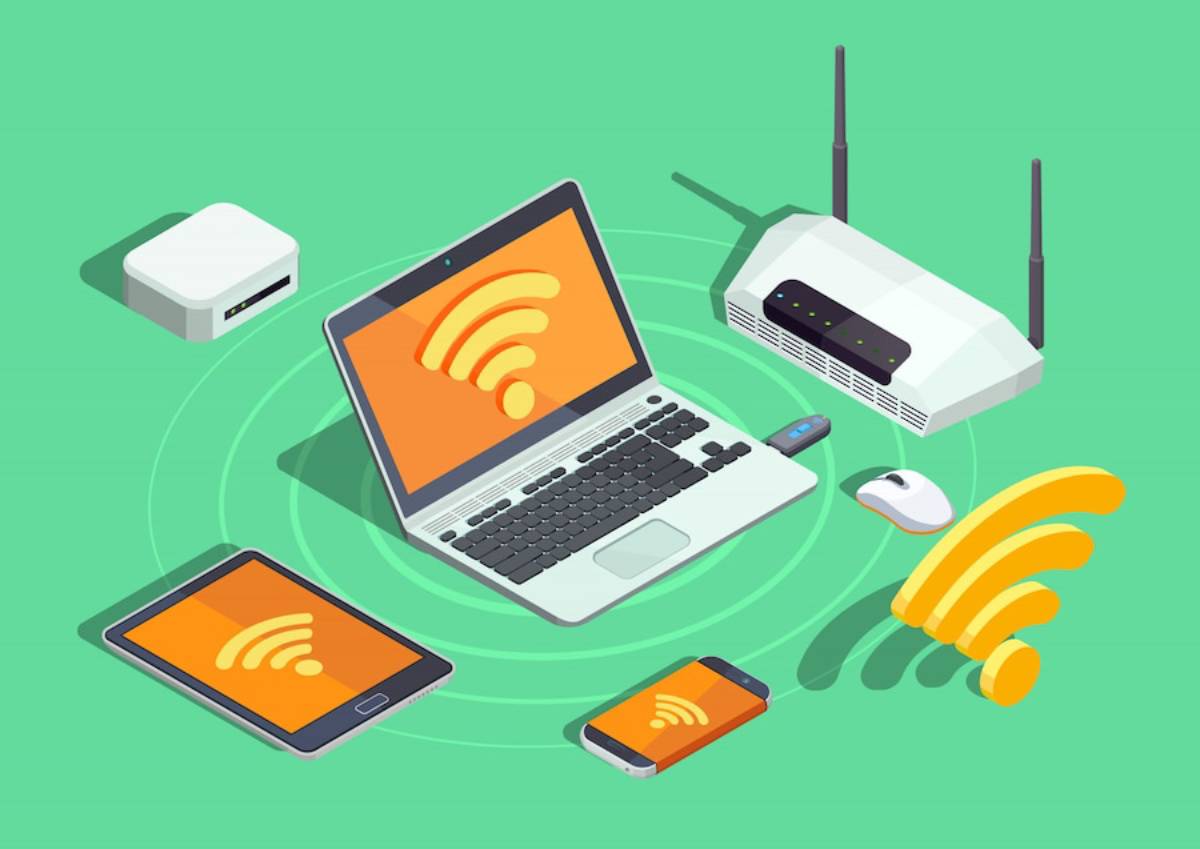
How to Optimise Your Internet Connection for Competitive Gaming
In competitive gaming, even a tiny delay can mean winning or losing. If you want to be a pro in esports or just want to enhance your gaming, optimizing your internet connection is key. This guide covers how to improve your internet for gaming. It focuses on cutting lag in esports and finding the best network settings.
Pro Tip: Use tools like PingPlotter and GlassWire. You can also check your router’s dashboard. These help you monitor connection health and catch problems early.
Important: To avoid Wi-Fi Interference, Put your router in a central, open spot. Keep it away from walls, microwaves, cordless phones, and metal surfaces, which can block the signal.
Quick Guide
- Upgrade Internet Plan: Ensure your plan offers sufficient bandwidth and low latency. Fibre-optic and cable internet plans usually work better than DSL or satellite options.
- Use Wired Connection: Ethernet connections are more stable than Wi-Fi. A wired connection eliminates many variables that can affect wireless signal quality.
- Optimize Router Settings: Change the Quality of Service (QoS) settings for gaming. This will help prioritise gaming devices and traffic.
- Minimise Network Traffic: Limit high-bandwidth activities during gaming, including video streaming and large downloads by others on the network.
- Update Firmware Often: Ensure your router and gaming device have the latest firmware. This helps improve performance and boosts security.
Understanding the Core
Competitive gaming needs a strong internet connection. It should have low latency, steady speeds, and reliable connectivity. Latency, or lag, is the delay between a player’s action and the game’s response. In esports, even milliseconds matter. Knowing the main parts of your internet setup can greatly affect your gaming performance.
Key Components Affecting Gaming Performance
- Bandwidth: Bandwidth refers to the maximum rate at which data can be transferred over your internet connection. High bandwidth helps, but it’s not the only factor in a great gaming experience. For example, downloading big game updates fast requires more bandwidth. However, in-game responsiveness depends more on latency and jitter.
- Latency: Latency is measured in milliseconds (ms). It shows how long data takes to go from your device to the game server and back. Lower latency is preferable for gaming. Competitive players often aim for ping times under 30ms to ensure responsive gameplay.
- Jitter: This is the variation in latency over time. Inconsistent latency can lead to erratic gameplay, such as stuttering or rubberbanding. Low jitter (preferably below 30ms) is crucial for maintaining smooth gameplay.
- Packet Loss: This occurs when data packets fail to reach their destination. Packet loss can result in game stuttering, hit registration issues, or disconnections from game servers. It’s often caused by poor cabling, overloaded networks, or misconfigured equipment.
Step-by-Step Guide (How to Practise)
1. Assess Your Current Connection
- Check Your Speed and Latency: Use sites like Speedtest.net or Fast.com to test your internet speed and latency. Note your download and upload speeds, as well as ping. Repeating these tests at different times of day can help spot inconsistencies.
- Check Results: For the best experience, aim for download speeds over 25 Mbps, upload speeds over 5 Mbps, and latency below 50ms.
2. Choose the Right Internet Plan
- Talk to Your ISP: Share your gaming needs with your Internet Service Provider. Think about upgrading to a plan with faster speeds and less latency. Ask whether they offer fibre or cable service in your area.
- Understand Plan Limitations: Some plans may throttle your speed during peak hours. Inquire about data caps, speed throttling, and service reliability.
3. Opt for a Wired Connection
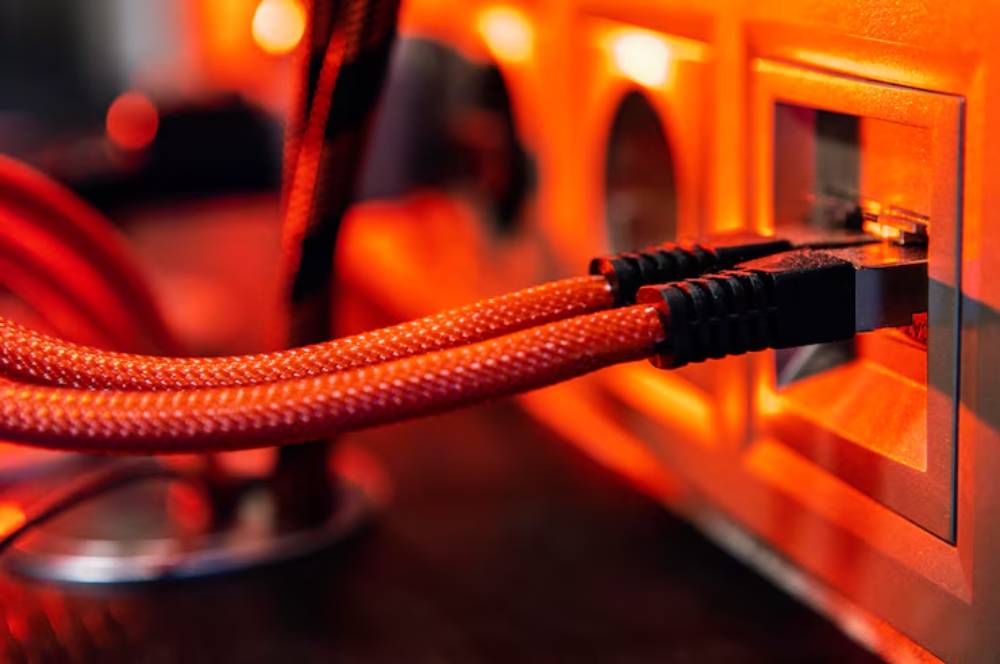
- Connect your gaming device to the router with an Ethernet cable. For the best results, use a Cat5e, Cat6, or Cat7 cable. This reduces signal interference and provides a faster, more stable connection.
- Skip Powerline Adapters. Although they may be easy to use, they can cause lag and instability. A direct Ethernet link is better.
4. Optimise Router Settings
- Enable QoS: QoS settings prioritise gaming traffic over other data types. Log into your router’s admin panel. Set bandwidth priority for your gaming device. You can also prioritise gaming ports, such as TCP or UDP, for specific games.
- Update Firmware: To keep firmware up to date, regularly check the manufacturer’s website or your router settings. Updates often fix bugs and optimise performance.
- Adjust Channel Settings: For dual-band or tri-band routers, connect gaming devices to the 5GHz band. This band is less crowded and faster than 2.4GHz.
5. Minimise Network Traffic
- Limit Background Apps: Close or disable apps that use bandwidth on gaming and non-gaming devices. This includes cloud backups, media streaming, and auto-sync features.
- Schedule Updates: Run software and system updates when you’re not gaming. This way, you won’t face interruptions during your sessions.
- Educate Other Users: If you share your internet, plan high-bandwidth use. Avoid heavy usage while you game.
6. Consider a Gaming Router
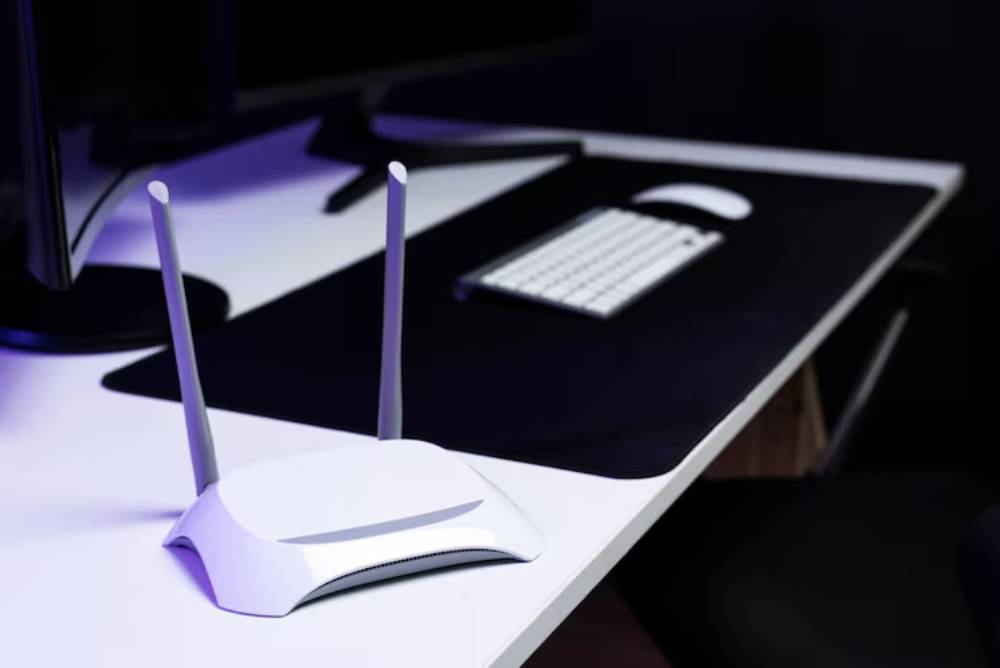
- Invest in a Gaming Router: These routers have advanced features, including dynamic QoS, geo-filtering to reduce distance to game servers, and traffic prioritization by device or app.
- Evaluate ROI: A gaming router costs more but can provide real benefits. This is especially true for serious players or homes with many gamers.
Best Practices & Additional Insights
- Embrace VPN with Care: A VPN can be your invisible shield for privacy, yet it may introduce latency. Choose gaming-friendly VPNs or split tunnelling to focus distractions on specific apps.
- Investigate Local Outages: When connectivity fails, check your ISP’s website or trusty Downdetector. This will reveal whether your troubles stem from wider network troubles.
- Explore Cloud Gaming Platforms: Services such as NVIDIA GeForce Now, Xbox Cloud Gaming, and Amazon Luna stream games directly from powerful servers. They demand strong connections but lift hardware burdens off your local setup.
- Champion Ethernet for Consoles and PCs: Reserve Wi-Fi for mobile devices and tasks that can take it slow. For peak performance, connect all gaming gear with good old Ethernet.
FAQs

What is the ideal ping for gaming?
A ping of 20ms or less is considered excellent for gaming. Anything under 50ms is good, while above 100ms can lead to a noticeable lag.
Can Wi-Fi be used for competitive gaming?
While possible, Wi-Fi is less stable than a wired connection. If Wi-Fi is your only choice, make sure you have a strong signal. Place your router close by. Also, use the 5GHz band to reduce interference.
How can I reduce packet loss?
Ensure your router is updated, use a wired connection, and minimise network congestion. If problems continue, check for bad cables. You can also turn off firewalls for a bit. If that doesn’t help, contact your ISP for help.
Conclusion: Optimising Your Internet Connection for Competitive Gaming
Optimising your internet for competitive gaming requires the right gear, settings, and habits. This guide helps you cut lag, improve your gaming, and boost your edge in esports. Start by checking your current setup. Make needed changes and stay updated on gaming tech. Ready to enhance your gameplay? Try these tips today and see the difference!

